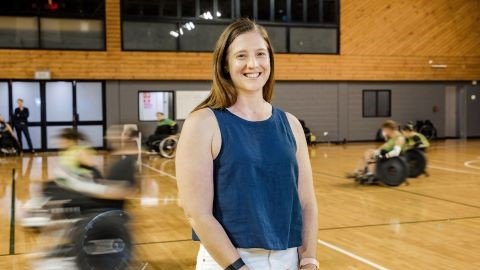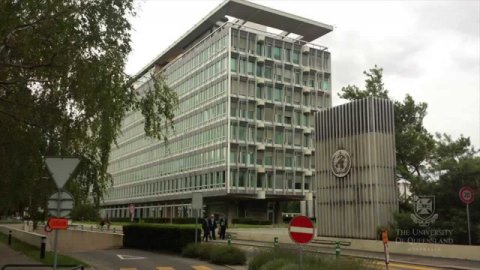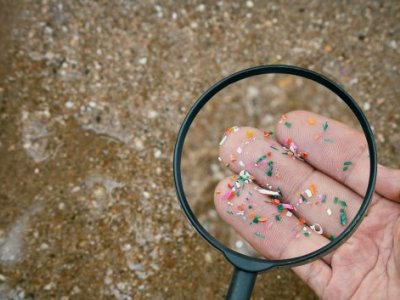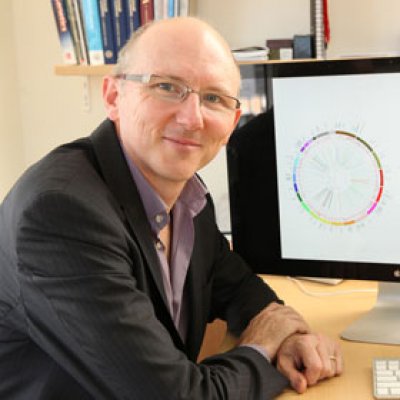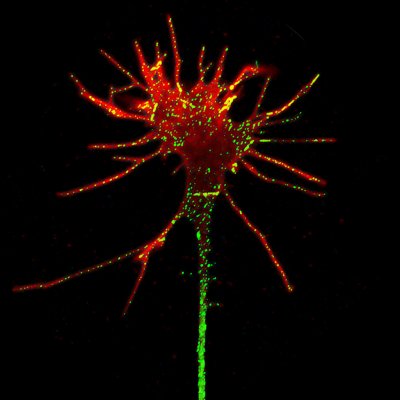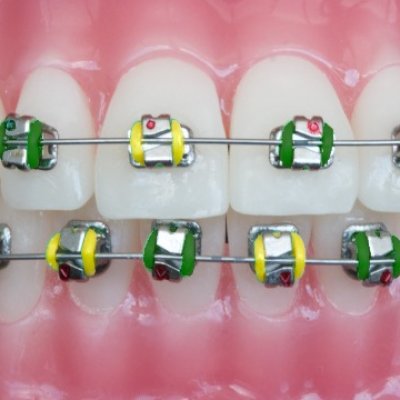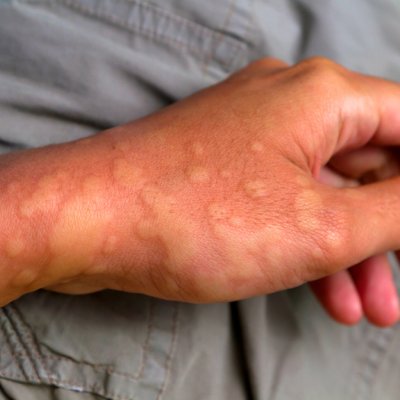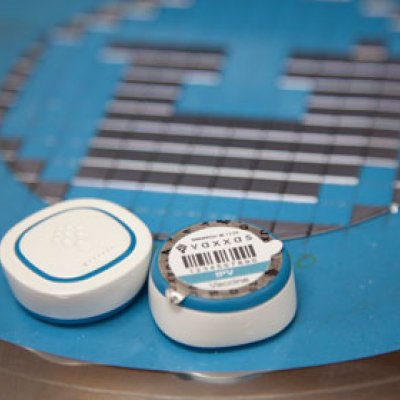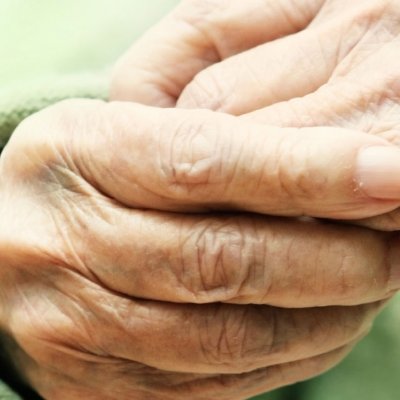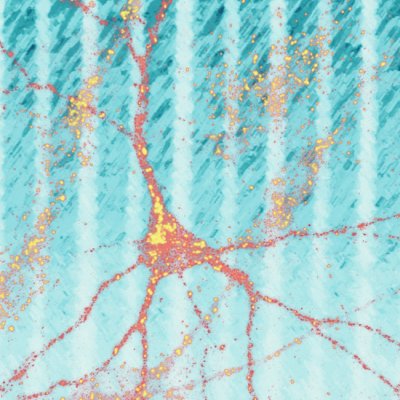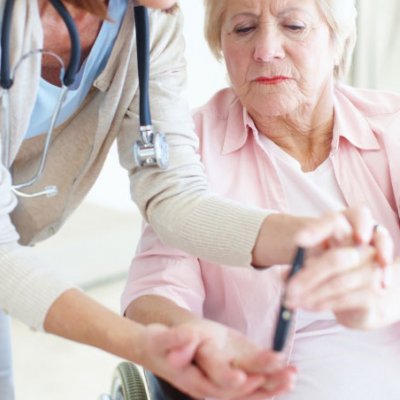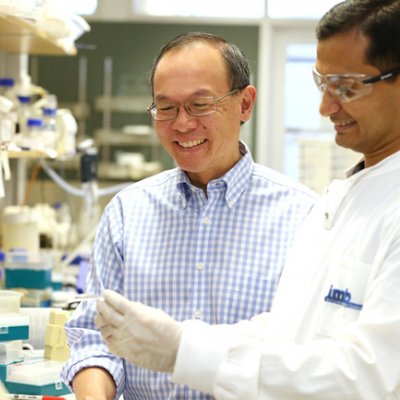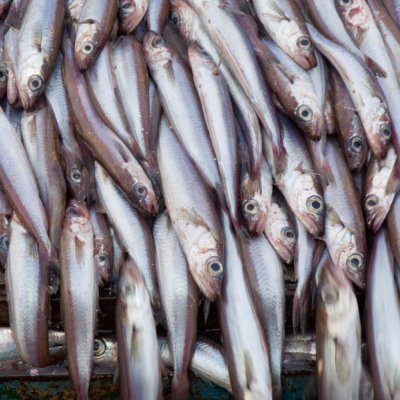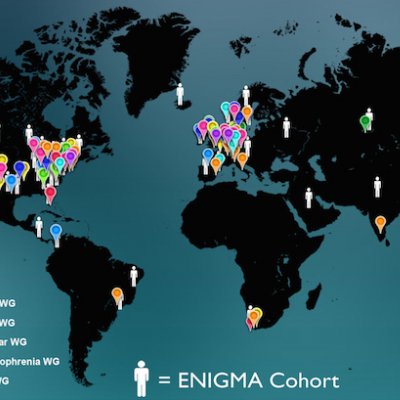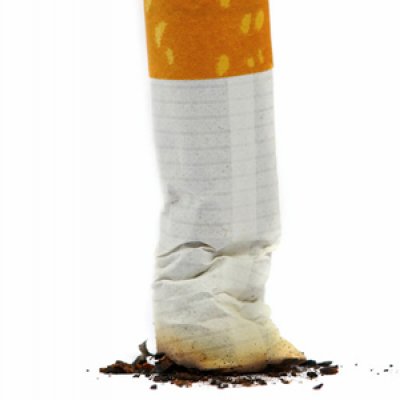Scientists from Australia and the UK have completed the most comprehensive analysis yet of pancreatic cancer, in a study that could improve future treatments.
25 February 2015An analysis of how nerve fibres make vital connections during brain development could aid the understanding of how some cognitive disorders occur.
25 February 2015Fancy decorating your mouth in the colours of your favourite Cricket World Cup team? It’s now entirely possible thanks to the work of University of Queensland dentistry PhD student and budding software developer Dr William Ha.
24 February 2015Scientists in Brisbane and Ireland have developed a small molecule that blocks a key driver of inflammatory diseases – a finding that could inspire new treatments for arthritis, multiple sclerosis and a family of rare autoinflammatory diseases.
17 February 2015Vaccine technology company Vaxxas has moved a step closer to achieving its goal of improving world health, thanks to a capital raising of $25 million.
10 February 2015An international multi-million dollar grant will support a University of Queensland researcher’s attempts to crack a 90-year old mystery around the detailed biology of cancer cells.
6 February 2015We count our age in calendar years, but our bodies may not be counting the same way.
6 February 2015New insights into how nerves cells in the brain maintain efficient communication with each other may help offset the effects of Alzheimer’s disease.
6 February 2015Type 1 diabetes is much more deadly for women than men, a study of more than 200,000 people with the condition has found.
6 February 2015University of Queensland research to prevent, treat and diagnose a range of cancers has been boosted by the injection of $1.78 million in Cancer Council Queensland funding.
4 February 2015Like humans, fish recoil from pain. But the fish pain reflex mechanism operates quite differently to the way it works in humans, University of Queensland research shows.
23 January 2015Brisbane researchers are part of an international team that has identified genetic variants that influence the structure of the brain – potentially helping determine the genetics underlying neurological diseases.
22 January 2015An international team of researchers has developed a simple, non-invasive way to measure the impact of smoking during pregnancy on babies’ lung development.
15 January 2015As the threat of superbugs continues to rise, the number of new treatments available has flatlined, placing us close to a return to the pre-antibiotic era.
14 January 2015While small amounts of UV radiation are required for the production of vitamin D, skin can burn from just 15 minutes of exposure to the summer sun.
13 January 2015- ‹ newer articles
- 96 of 119
- older articles ›
